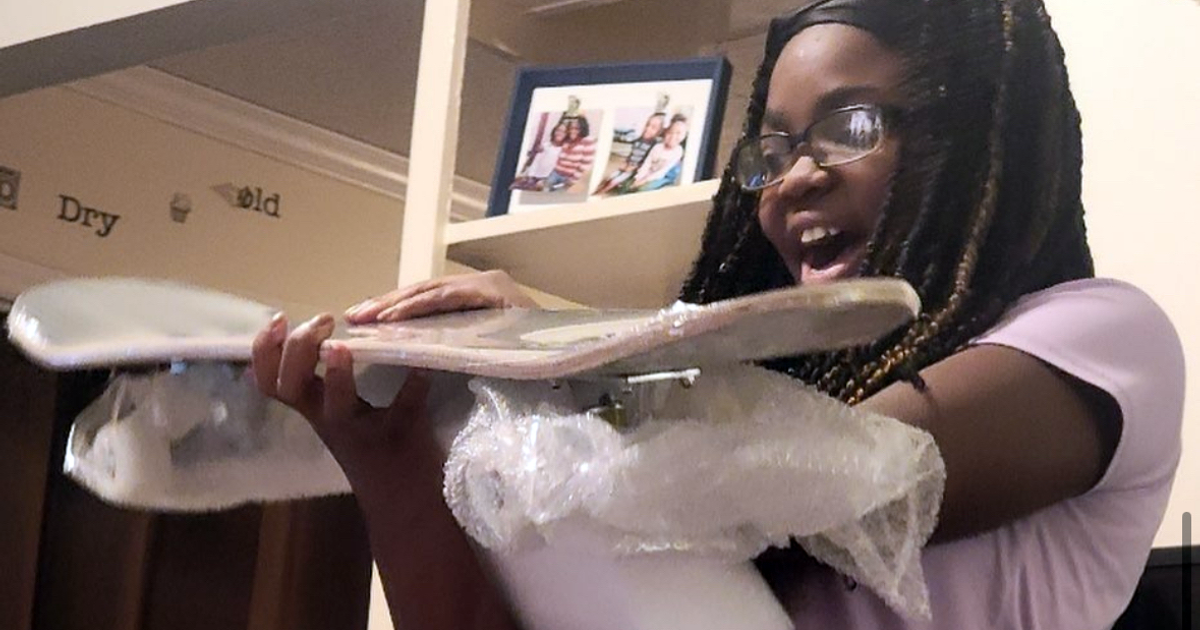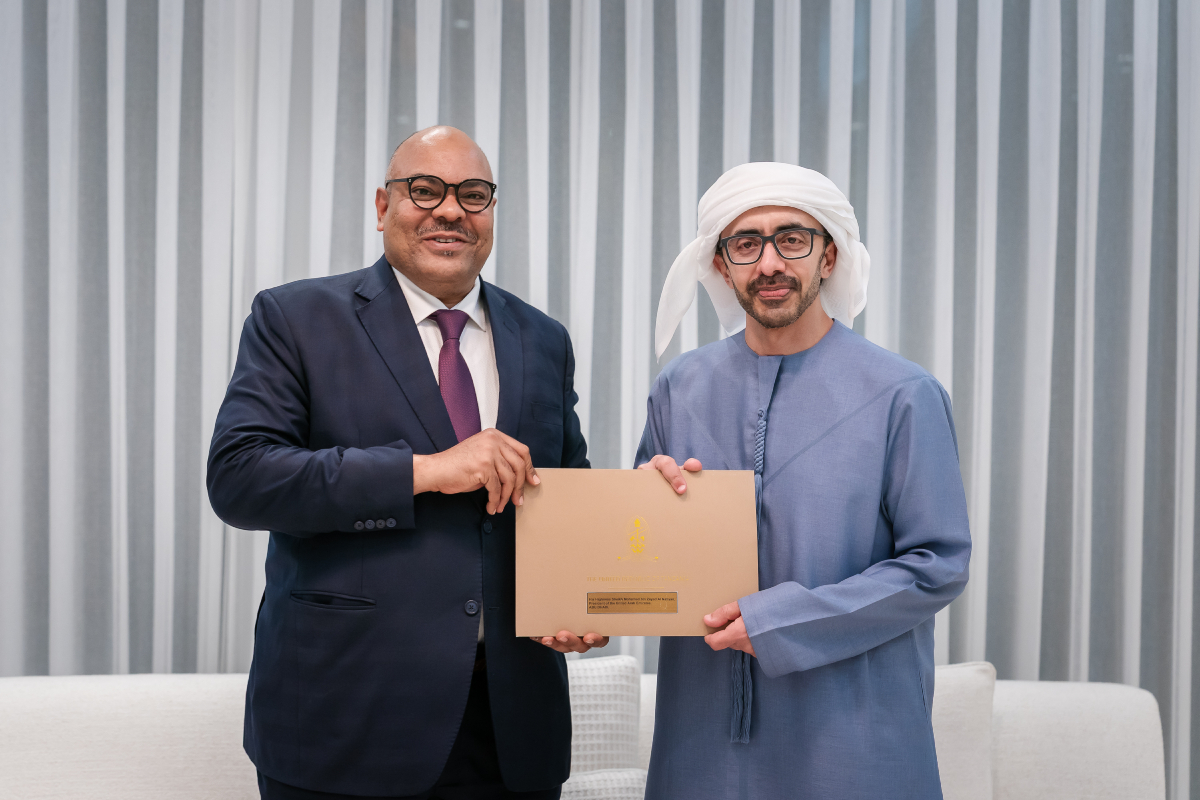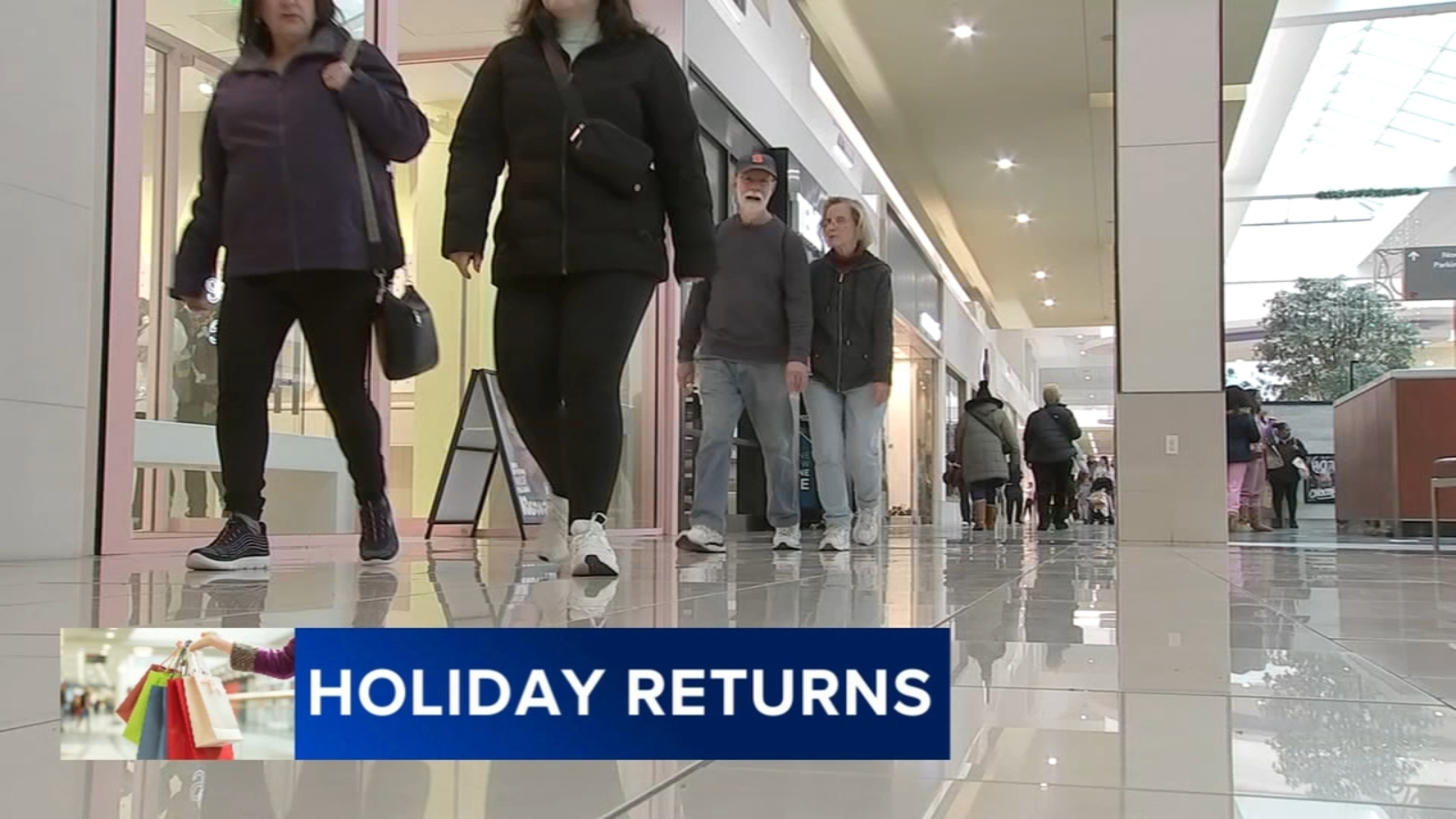Millions of people across the globe celebrated Christmas on Thursday. And once presents are opened and decorations come down, families are left with overflowing trash bags.
Miriam Holsinger, co-president and COO of Eureka Recycling, says taking the extra time and care when tossing holiday trash can make a big difference.
“So often when we’re in a hurry and we’re exhausted from the family gatherings, and we’re just like, ‘Can we just throw it all out for once,’ and you know, anyone who we can convince like no, it really does make a difference if you just take a little extra time to put those boxes and those bottles and cans in the blue bin,” Holsinger said.
She says to recycle like normal, but keep an eye out for things like holiday lights and electronics.
“No old electronics or toys,” Holsinger said. “Holiday lights [are] not something that should go in your recycling cart. With that wrapping paper, anything that’s got those sparkles or the metals or the glitter, those are also items that we’re not able to recycle.”
She also says ribbons cannot be recycled because they can cause processing machines to malfunction. WCCO also spoke with Abigail Sztein of the American Forest and Paper Association, who echoed Holsinger’s ribbon guidance and also warned against trying to recycle bows and tinsel.
“Some places will even call them ‘tanglers.’ We would prefer you take those out, put those in the trash or reuse them,” Sztein said.
Sztein also gives the green light to recycle cardboard boxes and mailers — even if covered in labels and tape — as well as tissue paper and some types of wrapping paper.
“If you scrunch the paper up and it stays scrunched, that is paper and it can go in the bin. If it expands again, that should go in the trash,” Sztein said.
As for plastic bags, Sztein said grocery stores typically have bins for recycling them.
Trees and greenery
The Minnesota Department of Agriculture is also urging proper disposal of your holiday trees and greenery to mitigate the spread of disease and invasive species like boxwood blight, elongate hemlock scale and roundleaf bittersweet.
Follow these tips:
- Use a curbside tree collection service or a designated drop-off site.
- Contact your waste disposal company, city or county for their services.
- Never throw your trees and greenery into wooded areas.
- Check the Minnesota Pollution Control Agency’s map of yard waste compost locations, and confirm if your location accepts trees and greenery.
- You can toss decorative greens and wreaths in your trash bin if need be.
- And if all else fails, you can burn your trees and greenery — but first check the current fire danger conditions and your community’s local burn rules.
State officials are asking anyone who believes their trees or greeneries are infested or diseased to call their Report a Pest line at 1-888-545-6684.
Erin Hassanzadeh and
Stephen Swanson
contributed to this report.








